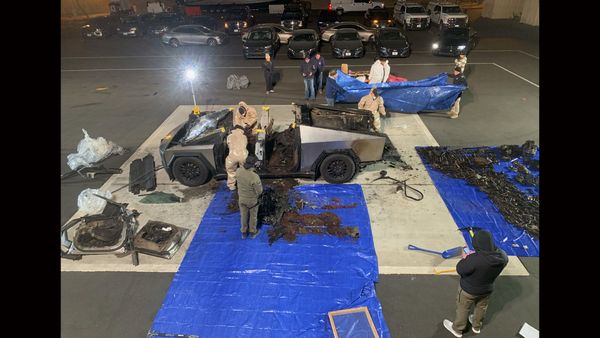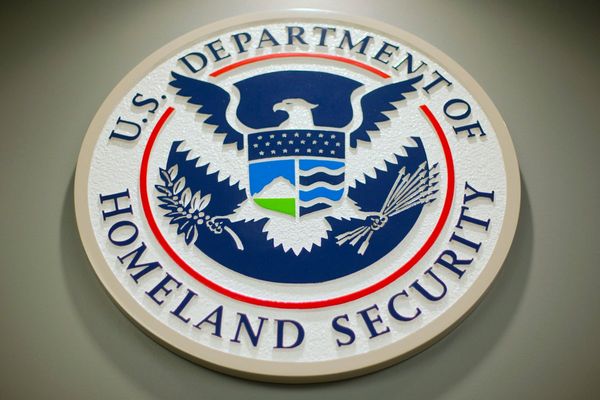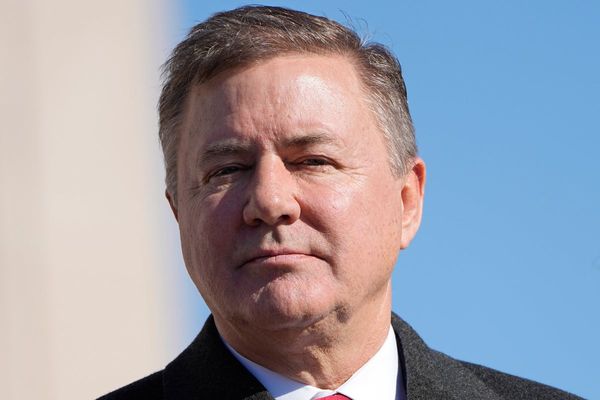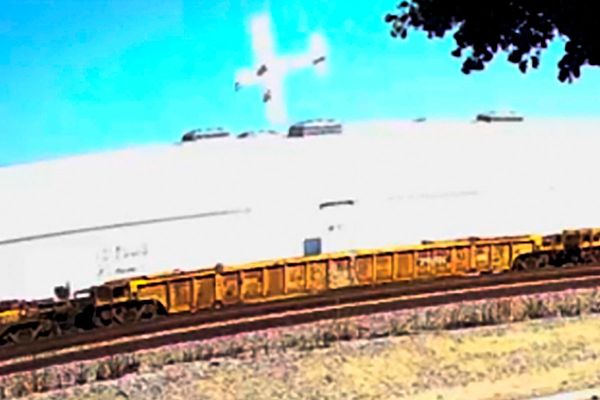Other cities have traffic jams. Los Angeles is gearing itself up for "car-mageddon".
The City of Angels, already infamous for bumper-to-bumper extravaganzas that have inspired whole movies, is taking the unprecedented step of ordering the total closure of what is perhaps the most emblematic stretch of congested roadway in North America for one nightmarish weekend.
For 53 hours, from 7pm on the evening of Friday 15 July to the early hours of Monday 18 July, the San Diego freeway – referred to by local people, usually with a shudder, as 405, its interstate number – will be off limits between the San Fernando valley and the main LA basin.
The reason could not be more workaday: the local transport authority needs to demolish and rebuild a bridge over the freeway and cannot do it with cars haring in either direction directly below.
But the fear – mostly, if not entirely, justified – is that the closure will have a ripple effect bringing the entire city to a standstill.
"This will be something for the record books," city councilman Bill Rosendahl promised a group of concerned citizens this week.
And that was the rosy spin on things. Deputy LA police chief Kirk Albanese expressed his best case scenario this way: "On Monday morning we will all be alive and well."
The stretch in question arches over the hills of Brentwood and Bel Air, past the Getty Center with its dreamy views of the Pacific and the twinkling urban lights.
This is where OJ Simpson took the LAPD on a protracted chase after a warrant went out for his arrest in 1994, and what Bret Easton Ellis had in mind when he wrote of his fear of merging on freeways at the beginning of his brat-pack novel Less Than Zero.
The closure will begin at the single busiest freeway interchange in the US, where the 405 meets the Ventura freeway, and will end at the third or fourth busiest, where the 405 meets the Santa Monica freeway.

The city, to its credit, has launched a vast publicity campaign to alert as many people as humanly possible, posting signs all the way to the Oregon border more than 600 miles away.
It is also hosting community meetings to address the understandable concerns of local people whose hillside homes are not reachable by any means other than the freeway or a single straggly road running alongside it over the Sepulveda pass.
It is not much of an alternative for the 300,000 or so vehicles that would thunder along the 405 on any normal weekend.
At the meeting where Rosendahl spoke, proceedings started late because – why else? – the traffic was horrible, and he and other featured speakers were reduced to praying for wings.
"We all know what we're experiencing here every day," he lamented. His argument in favour of the closure was not unlike the old Vietnam war rationale of destroying a village in order to save it. The traffic had to be pure hell for one weekend, Rosendahl said, to make everything better in the long run.
The community was not buying it. Bits of the 405 have been plagued by roadworks for at least five years, with only modest results.
Questioner after questioner at the meeting wanted to know how they were going to go grocery shopping, or keep snaking traffic off their particular streets.
Steve Tomingas, a resident of the exclusive Mountain Gate community – which boasts a golf course, security gates and fabulous views of the hills – urged the city elders to issue special passes, Oscar night style, so only the elect could pass through the congested area. The police and transport officials said, politely, that the idea was not workable.
• This article was amended on 8 July 2011. In the original the Ventura freeway was described as the Hollywood freeway. This has been corrected.







